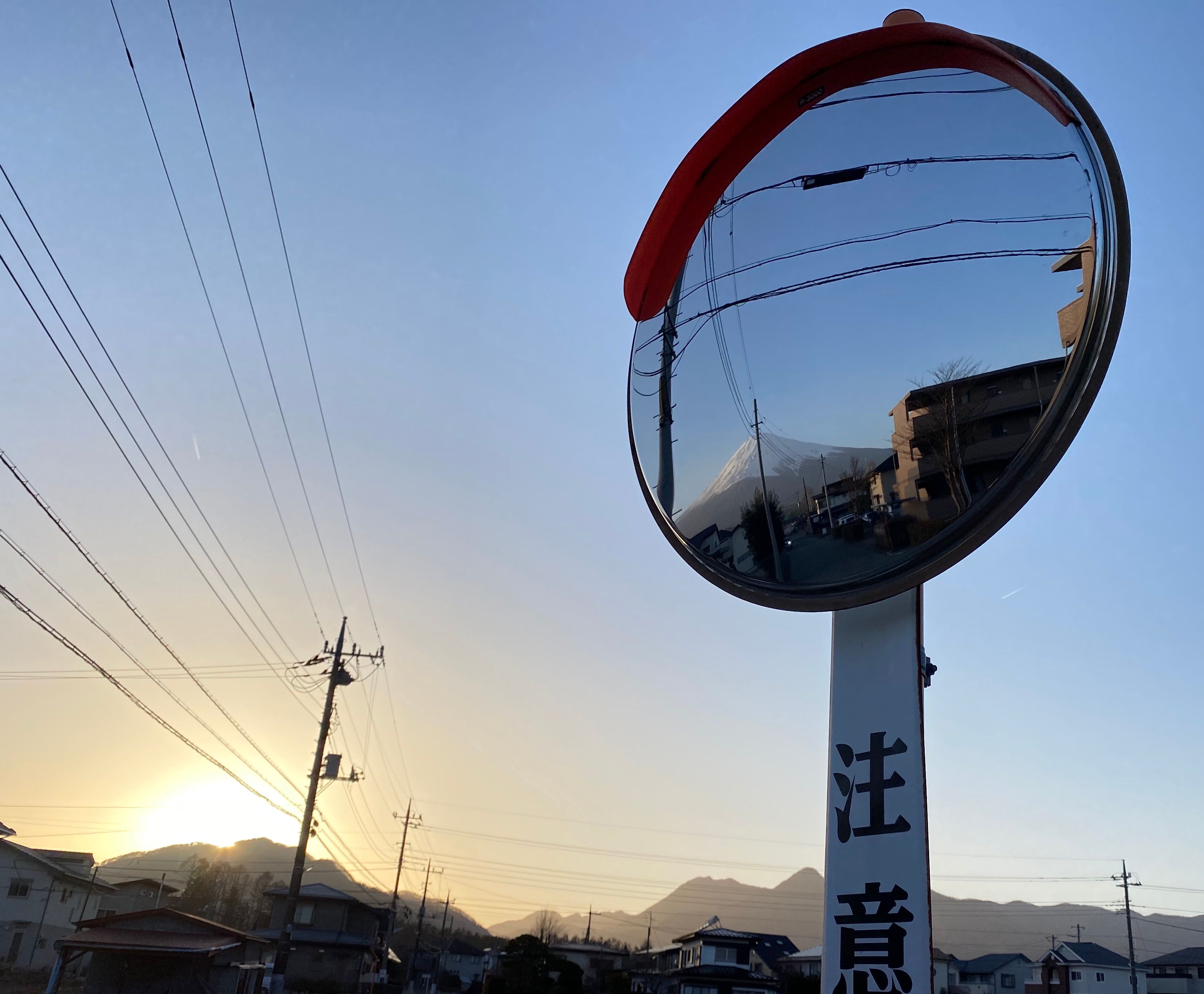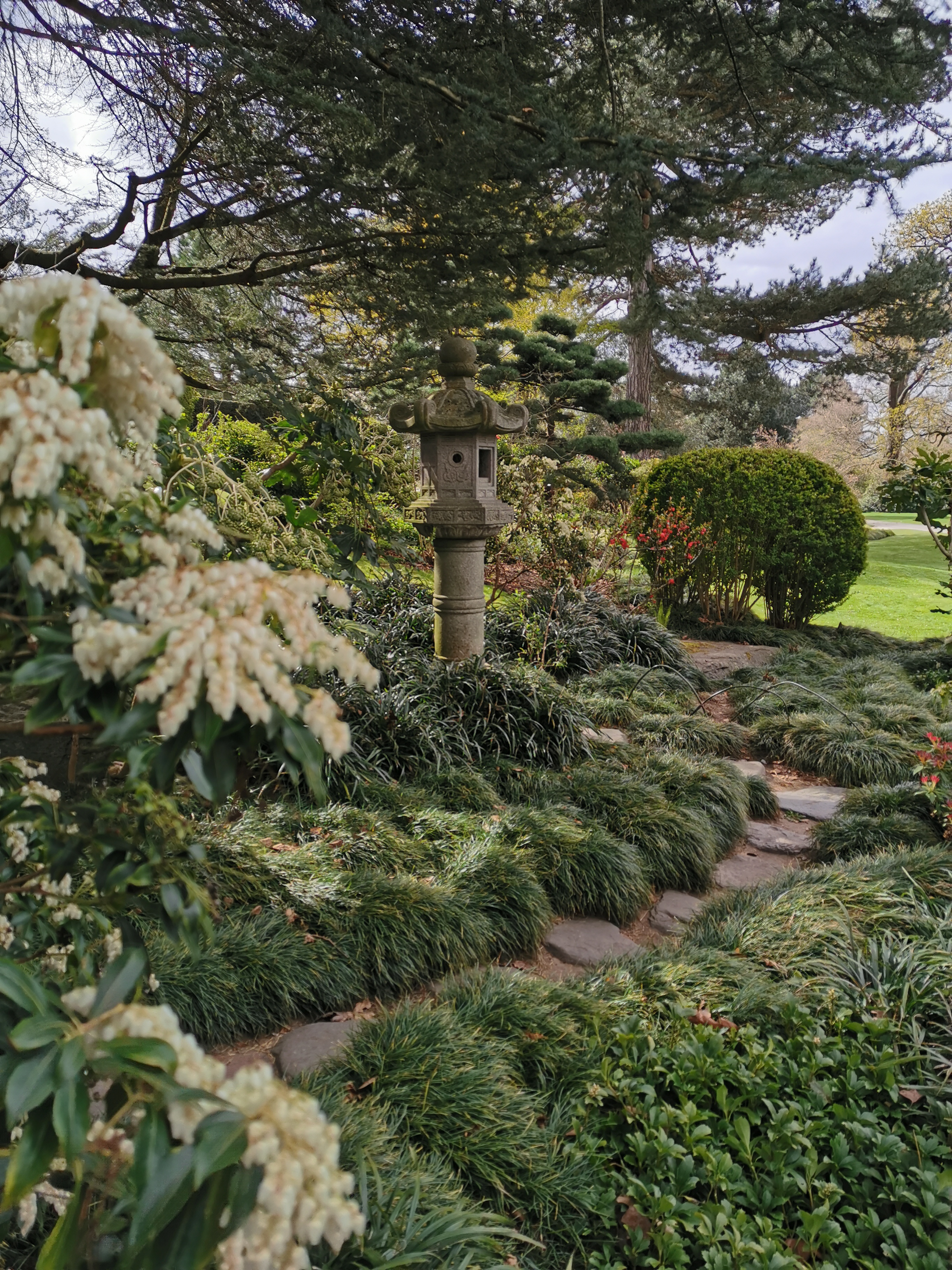
Otaru, a pleasant harbour city near Sapporo famous for its super-fresh sushi, winter snow lantern festival, and well-preserved canal and townscape, is the perfect size to explore in a day.
Perched on Hokkaido’s southwestern coast, around 45 minutes by train from Sapporo, historical fishing port Otaru makes an ideal day trip from Sapporo or as a stop-off en route from Sapporo to Niseko or other destinations further south.
Otaru has been a major fishing and trading port since the 1800s. Many handsome turn-of-the-century western-style buildings, such as former warehouses, residences and offices, built by foreign shipping and trading companies, still dot the town. Together with its coastal location, this makes Otaru an architecturally interesting and aesthetically pleasing place to spend the day.
1. Take a Stroll Along Otaru Canal

Once you arrive, step back in time with a stroll along the waterside in the town’s attractive canal district. Leave the station by the east exit, cross over the large road directly in front of the station, and head east down Chuo Dori street towards Otaru Canal. The canal is around 10 minutes walk from the station.
The main canal runs for just over a kilometre from north to south. Coming directly from the station, you’ll have arrived right in the middle. From here, it’s an 8-10 minute walk north or south to the ends of the canal. Spend around 40 minutes walking up and down the canal and exploring the shops, restaurants and museums lining its sides. Since you’ll be heading south next, we recommend exploring the northern section of the canal first.

Otaru’s canal played an important role in the town’s port industry during the first half of the twentieth century. Larger cargo vessels were moored further out, and smaller ships ferried the goods the rest of the way to storage in the canal’s redbrick warehouses. The introduction of modern port facilities enabled large vessels to be unloaded directly, rendering the canal and warehouse system obsolete. In the 1980s, the canal was beautifully restored and the warehouses were transformed into homes for a variety of shops and restaurants.
Local artists hawk their wares by daytime, while old-fashioned gas lamps cast a gentle glow by night, making it a pleasant place to stroll at any time of night or day. However, the canal area is undoubtedly at its most photogenic during the Otaru Snow Light Path Festival, held each year in February, when the city is decorated with hundreds of enchanting candle-lit snow lanterns.
2. Step Back in Time in Sakaimachi Street
After you’ve explored the canal and its surroundings, continue your time-travelling as you take a turn along Sakaimachi Street, a well-preserved traditional merchant street, exploring some of its quirky museums before heading for a well-earned sushi lunch.
The street runs for around 800 metres from north to south, with the northern end just a few minutes’ walk southeast of the canal’s southernmost point. It is lined with impressive western-style buildings constructed during Otaru’s heyday in the late 1800s and early 1900s. Many foreign shipping and trading companies built imposing buildings to house their offices, shops and businesses, many of which still stand today. The exteriors have been carefully preserved to give a taster of how Otaru looked in bygone days - quite different to the typical architecture of the average Japanese town - while the interiors house a variety of restaurants, cafes, boutiques, gift shops, museums and glass workshops.
Spend an hour or so exploring the street from north to south, ducking in and out of any shops that grab your interest. The street is home to shops of all kinds, so you are sure to find something to tickle your fancy, whatever your interests - clocks, music boxes, traditional crafts, seafood, melons, ice cream, cheesecake, glassware, and children’s toys are just a few examples.
3. Visit A Quirky Museum - Or Three!
Sakaimachi Street is also home to a handful of interesting museums. While you’re here, be sure to check out at least one of them. A museum dedicated to Venetian art is probably the last thing you would expect in a small northern port town in Japan. Nevertheless, that is exactly what you’ll find. Opened by local glass producer Kitaichi, the Museum of Venetian Art is dedicated to showcasing the arts of Venice, and houses displays of Venetian glassware, clothing and furniture, as well as a full-scale gondola.

4. Discover Otaru Glassware
The second reason is slightly more obscure, but certainly no “red herring”, if you’ll pardon the pun. Otaru’s herring fishing industry played a major role in the early days of its development, and one local sub-industry it supported was that of glass buoys for keeping fishing nets afloat. With the decline of the herring industry in the 1950s, the glass buoy makers read the winds of change and cleverly shifted their focus to glass tableware instead.
Nowadays, Otaru is a hub for Japan’s domestic glassware industry, attracting customers and glass enthusiasts from all over. There are many glass shops dotted up and down the street. If you’re in the market for some new tableware try exploring some of them!
5. Have a Sushi Lunch in Otaru Sushi Street
6. Take a Selfie on an Old Railway Line

The Temiya Line was originally constructed as part of Hokkaido’s first railway line, the Horonai Line, to transport coal and marine products. Beginning operation in 1880, it carried both cargo and passengers for over a century before being discontinued in 1985. The main thing you’ll probably notice is how narrow the track is - like many Meiji period railway projects, the line used a narrow gauge track in order to reduce construction costs.
If talk of railways has you glazing over, and a quick selfie is more than enough, then head to the next stop. If, on the other hand, you’re something of a train aficionado, then Otaru has one more train-related treat in store for you: the Otaru Railway Museum, located on the former site of the terminus of Hokkaido’s first railway line, which connected Otaru with Sapporo.
7. See the Night View from Mt. Tengu

Once night has fallen, set off to appreciate the Michelin-starred night view from the summit of nearby Otaru’s major mountain. Part of this hilly city is located on the lower slopes of Mt. Tengu, whose summit is accessible via the Otaru Tenguyama Ropeway. Opened in 1979, the line climbs Mt. Tengu to offer world-class panoramic views of the city from the top.
To get there, first you’ll need to take the bus or taxi back down into the town. From there, it’s a 25 minute taxi ride to the ropeway station at the foot of the mountain. Alternatively, you can take the Tenguyama Ropeway Line bus from either Otaru Station or Otaru Canal Terminal to Tenguyama Ropeway bus stop. Either way, journey time is 17-25 minutes.
From the top of the mountain, you’ll be able to enjoy superb views not only of Otaru city but also Otaru port, Ishikari Bay and, on particularly clear days, the far off Shakotan Peninsula. The view in winter, when everything is carpeted in snow, draping a dramatic blanket of white across the whole area, is particularly spectacular.
Once you’ve had your fill of the glittering views from the top of Mt. Tengu, it’s time to wave goodbye to Otaru and wind your way back down the mountain to catch a train back to Sapporo.
To stay up to date with all the latest happenings in Japan follow us on our Facebook and Instagram!

















































